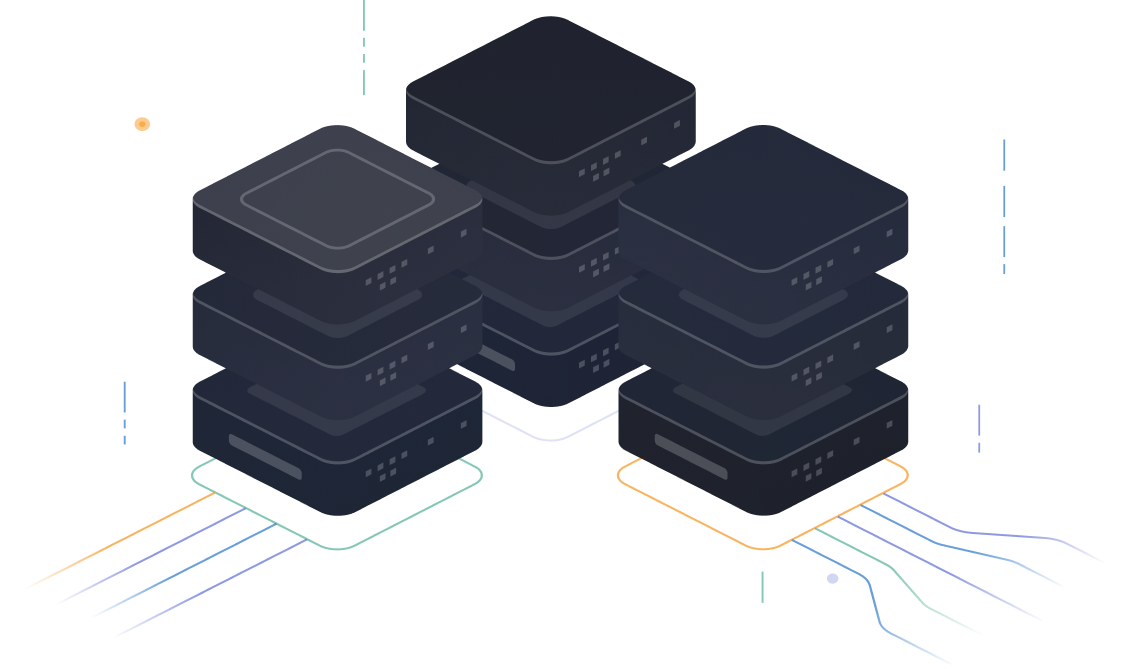DNS stands for Domain Name System, which is a system that
translates human-readable website addresses (domain names)
into IP addresses, which are used by computers to route
traffic on the Internet.
For example, when you
type in www.google.com into your browser, it will look
up this domain name in its DNS database and send your request
to Google's servers.
DNS servers are located all
over the world and are maintained by different organizations
such as enterprise networks, ISP, and other groups of public
or private persons.

Your computer has a "hostname" that's easy to remember, such as
"google.com," but your computer can't communicate with other
computers using only this name.
It also needs an IP
address, which is a series of numbers separated by periods.
Computers use IP addresses to route traffic between them.
DNS translates hostnames, which are easy for people
to remember, into IP addresses, which computers use to
communicate over the Internet.
It also translates
subdomains into IP addresses for their respective domain names
(e.g., "www" in the URL "www.google.com").
DNS records are the data that make up a DNS zone. Each domain
has its own set of records, but there are some common ones that
you'll see in most zones.
Here are some DNS record
types you might encounter:
DNS records are the building blocks of your website. They are
the information that tells people where to find your site on the
internet. If your DNS records are changed or deleted, visitors
trying to reach your site could be sent to a different location
or nowhere at all!
If you have an e-commerce site,
it's important that you monitor your DNS records because they
can be used to redirect visitors away from your store and toward
another business. This is commonly known as phishing or
pharming. You may have heard stories of people receiving emails
asking them to update their account information and when they
click on the link provided in the email, they are actually taken
to another website.
If you don’t monitor DNS records, then you’re not monitoring the
health and security of your website. DNS is one of the most
common targets for attackers because it’s so easy to compromise.
You can use a free tool like
MonSpark to keep
an eye on your DNS records, so you'll always know when they've
been changed.